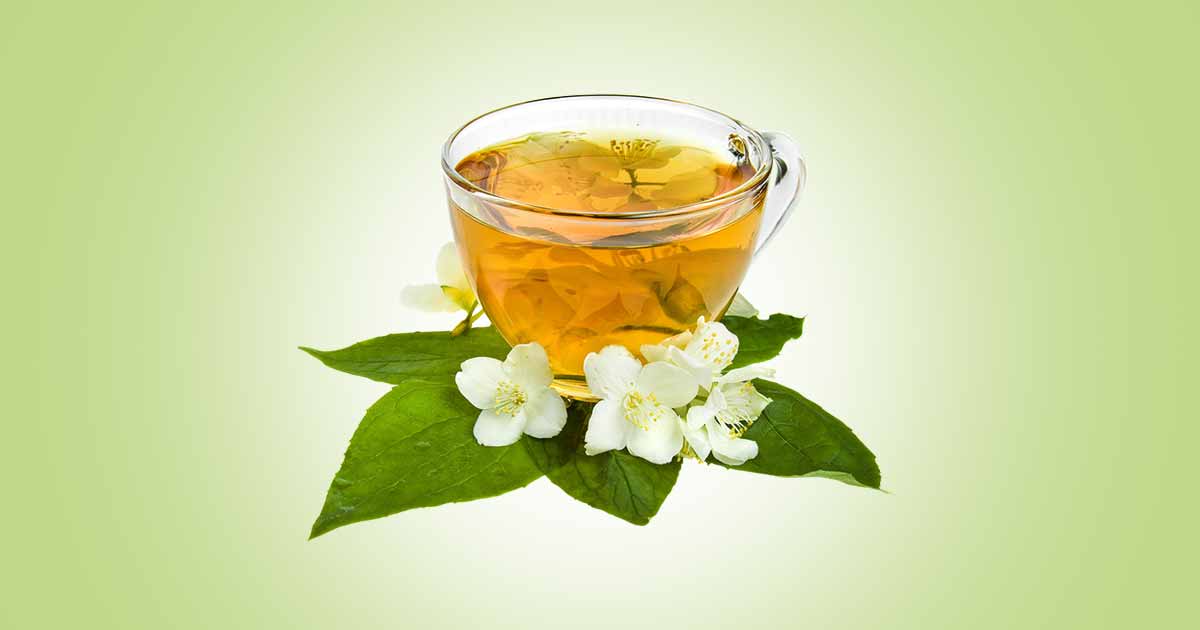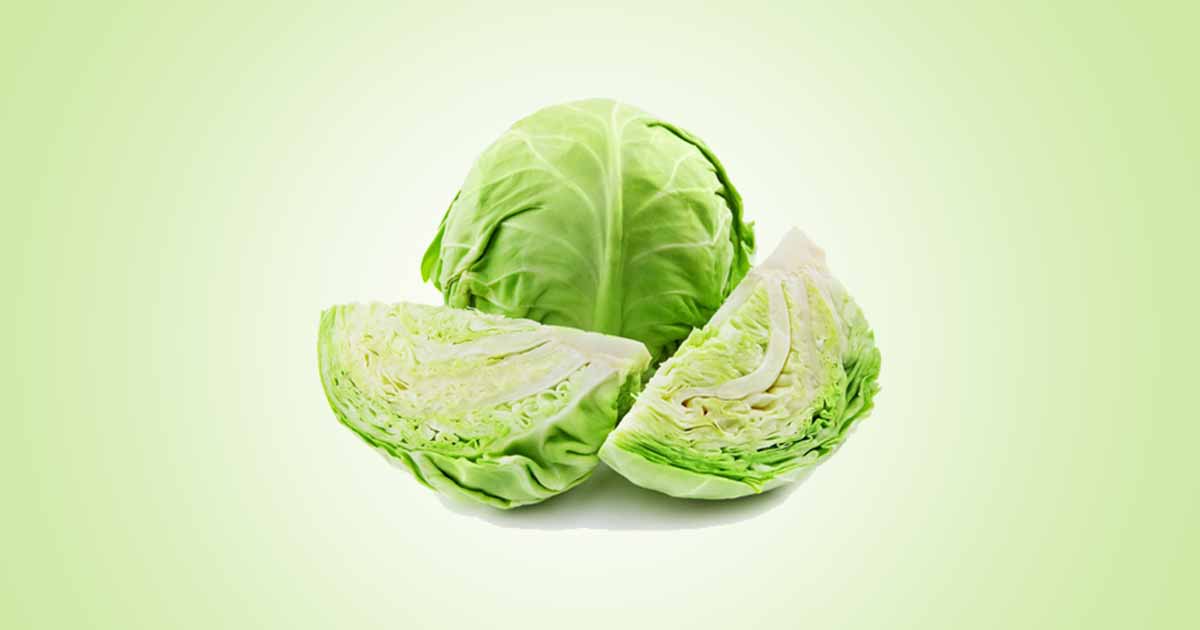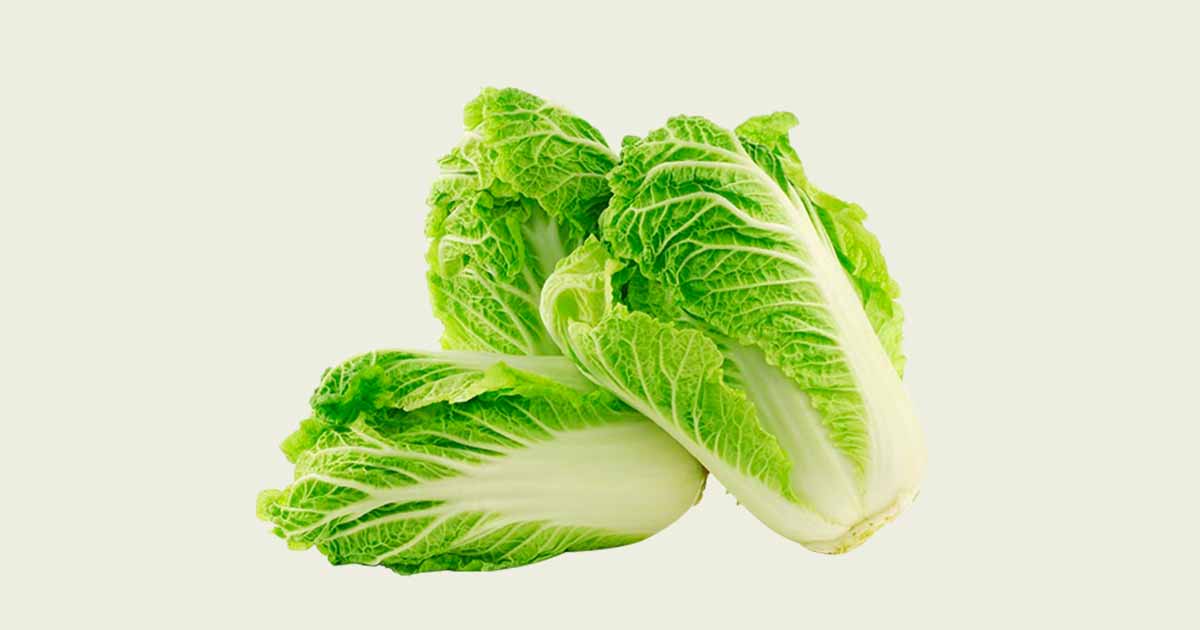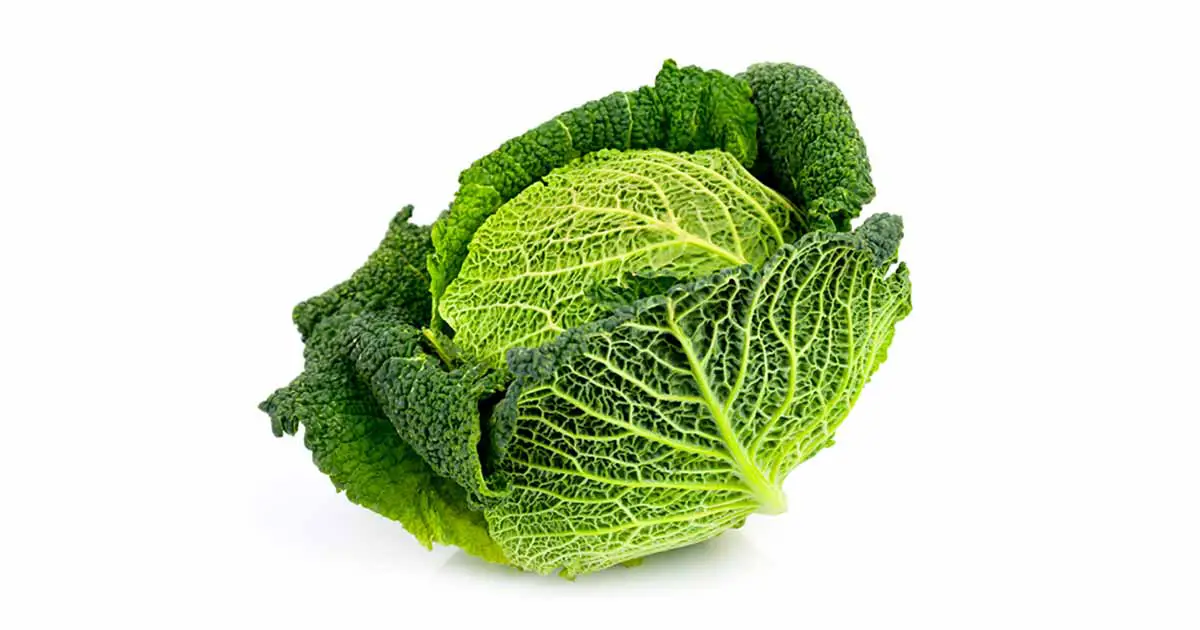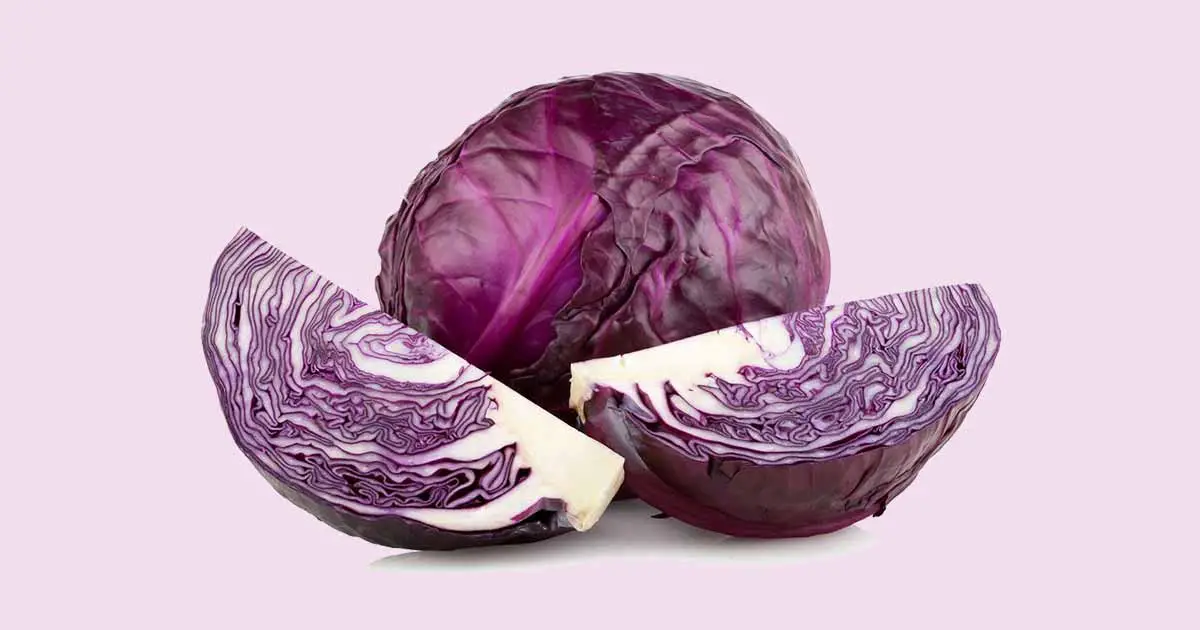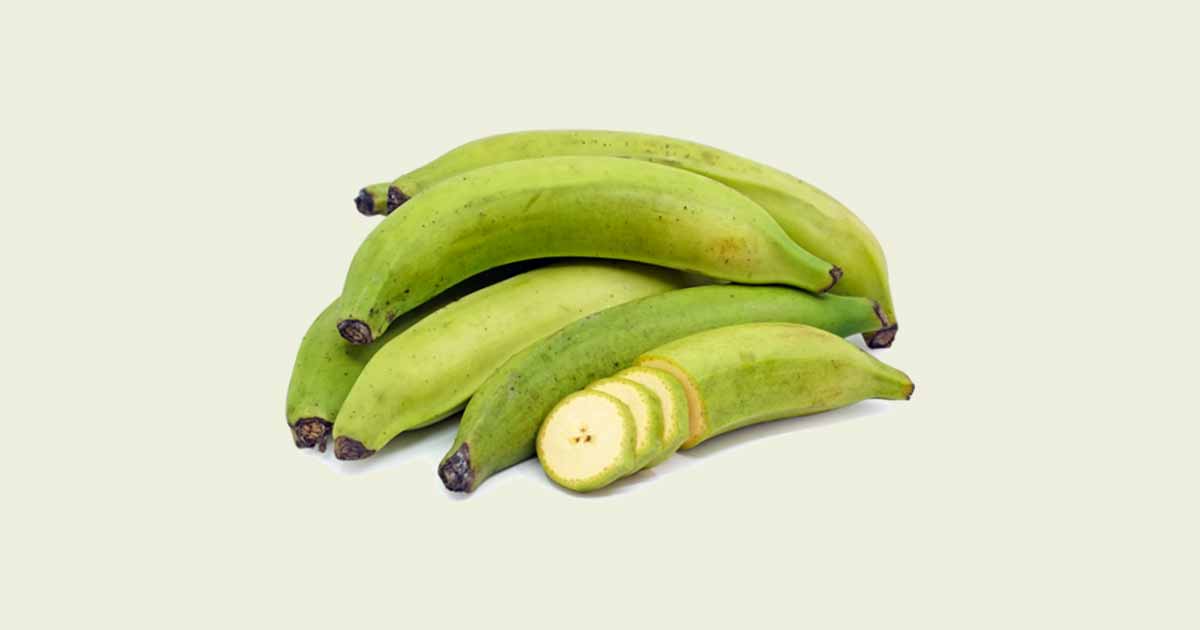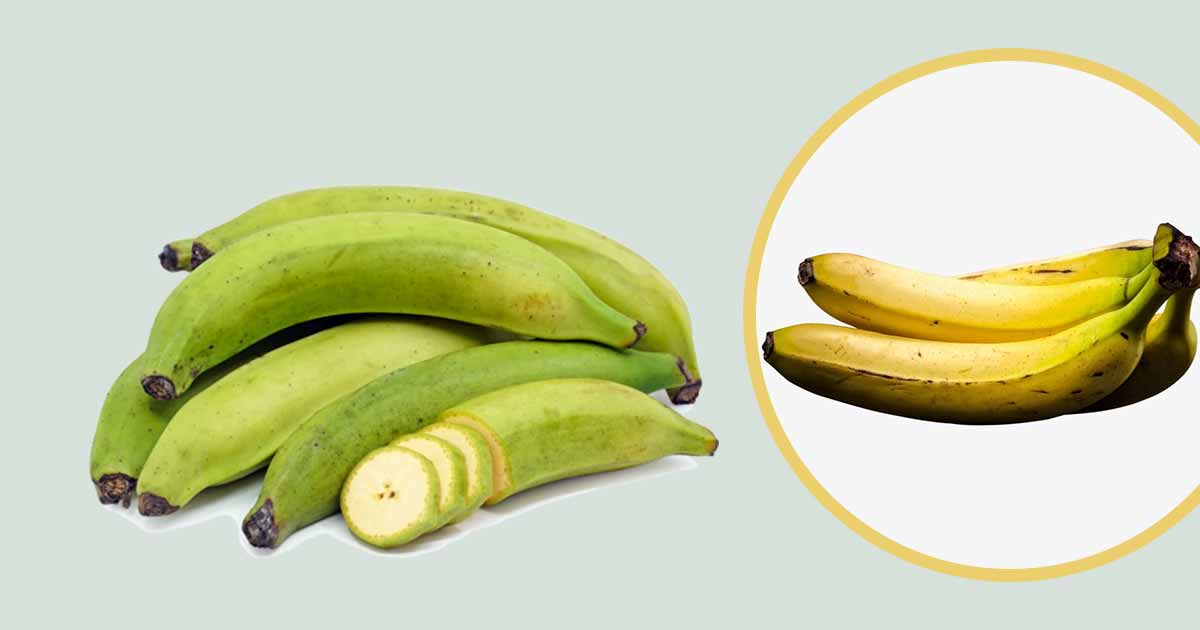Jasmine Tea, Jasmine Oil: Important Health Benefits of Jasmine Blossom
Jasmine tea is renowned for its pleasant flora aroma and taste. The tea is a scented green tea, made from firing or blending jasmine blossom, into green tea. Green tea is the base tea, but black tea or white tea can be a substitute in some instances. All tea are made from the leaves of … Read more

